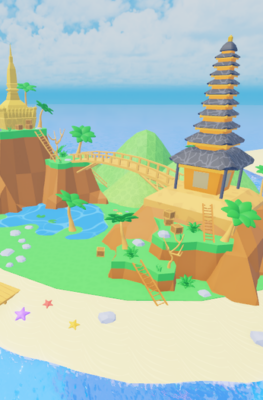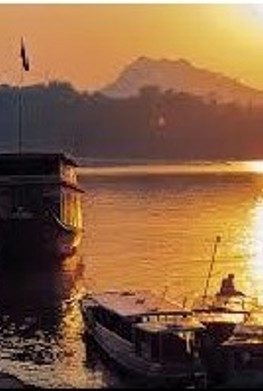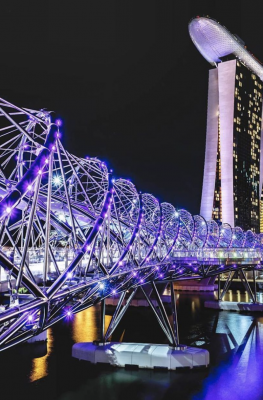Published on December 10, 2014
As one could expect from the Philippines its endless enchanting islands and top class beaches offer the starting point for many exciting water sports adventures, some of them as unique as snorkeling with whale sharks (butanding), for instance at Donsol (Sorsogon province, Bicol region); “The general peak season for whale sharks is December until May, but it may adjust as early as November. The busiest time is February until April so booking should be done in advance.”

Watching whale sharks while snorkeling at Donsol, Bicol Region; Source: www.easyday.snydle.com
If this type of snorkeling is to tame for you, try out some diving at one of the numerous spots the Philippines are blessed with. Each PADI instructor might have his own list of the top ten diving sites, but a spectacular one that’s on many such list is Apo Island nearby Dumaguete Province, all the way down the southeastern tip of Negros Island. A popular dive site is Coconut; with outstanding discernibility and a moderate current it offers a decent prospect of seeing large schools of Jacks, with Turtles and Sea Snakes also spotted frequently. Getting there would be an hour drive from their airport in San Jose, Mindoro up to the nearby resorts that you will be staying.
Dumaguete and Negros are becoming increasingly popular, due to the diverse range of soft adventures to be experienced, such as trekking in rainforests, hill climbing, golf, dolphin and whale watching, next to diving.
Apo Island should is not to be confused with the Apo Reef, located near Occidental Mindoro Province, the world’s second-largest coral reef after Australia’s Great Barrier Reef (though that claim for fame is also uttered by Belize), listed on the UNESCO protected sites listing.


Apo Island Location, opposite Mindoro Island Apo Reef aerial view from 8,000 ft.
Sources: www.zmescience.com (left hand picture) and www.palawan-coron-backpacker.com (right)
Sea kayaking is gaining in popularity too, a spectacular form of which can be exercised in the rough waters of the Caramoan islands on the country’s east coast (Camarines Sur), which have been the site for several editions of the competitive reality television show Survivor. The same coast offers thrill seeking surfers what they are looking for, while more quiet tropical seas and consistent winds make the Philippines ideal for windsurfing and kiteboarding, e.g. on a man-made lake, Caliraya, located in Laguna (built in the 1930s to supply a hydroelectric power plant).

Philippine Hot Air Balloon Festival, Pampagna Province; Source: EPC
Not only are the Philippines teemed with water adventures across the country, but also with a variety of opportunities for tourists for whom the ‘sky is the limit’. Sky diving is one such possibility; so is flying an ultralight plane, or ballooning for that matter. The Tourism Promotions Board recommends Angeles City in Pampanga (Central Luzon) for ballooning, while ultralight flying can be undertaken at the Angeles City Flying Club. Finally, Skydiving can be done at two locations in the Philippines, the aforementioned Pampanga and Cebu.

Yes!! Skydiving in the Philippines! Source: www.soyummykaya.com
For the more ardent land lubbers there are plenty of opportunities to indulge in soft adventure, varying from Caving, in tourism hot spot Boracay (Aklan province) or the lesser known Mountain province (in the North), to Mountain Biking, in Davao and Misamis Oriental provinces and Rock Climbing on Palawan island or Luzon province (Montalban and Atimonan), just to mention a few.
The Philippines, offering a boundless choice of soft adventure for everyone on land, at sea or in the air, against the backdrop of pristine environments, intriguing rainforests, palm fringed beaches, dazzling cities, fairy tale reefs, crystal clear skies and warm weather.






